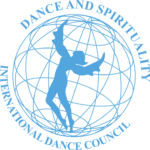CHAM RITUAL DANCES
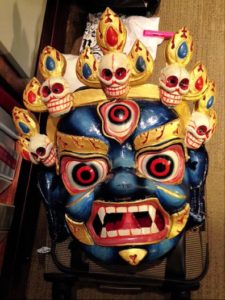
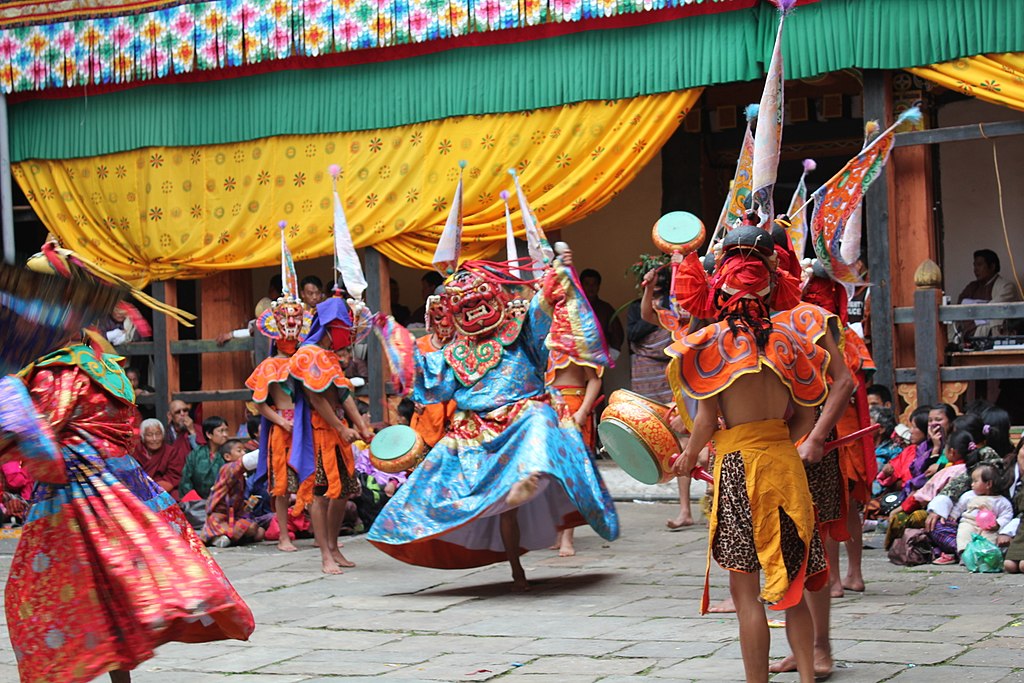

Cham dances are usually a public and culminating part of bigger religious rituals or festivals especially during the Tibetan New Year (losar). These ancient dances possess many levels of meaning and areseen as a practice for purification and overcoming negative obstacles. It is said the great religious master Padmasambhava first performed the dance to purify the ground for the building of Samye monastery. So the dances have a purification form against evil forces threatening the community character , as well as the ability to transform the mind of the onlooker . Actually , they are also represented in connection of global themes of global peace , harmony and healing Accompanied by monks using traditional Tibetan instruments, the Cham dancer performs solemn movements passed on in oral instruction from master to student. The dance is like a “meditation in action”. Each gesture has significance, creating a sacred space where the dancer concentrates on specific centers and chakras throughout the performance.
The fierce appearance of some masked dancers influenced western scholars and travelers to successively define cham dances as “devil dances” , “mystery plays”, “secret or magic dances” and finally “masked ritual dances”
In Tibetan Exile and in the West , their representations center on “authenticity” and “unbroken traditions” , in Chinese Tibet they are presented as a part of “cultural development”
Cham performances – as rituals in general – have been shortened in a process of adaptation . Before 1959 in Tibet many rituals including “cham” were performed for one week or more . Now they are reduced to half that time .
In Bhutan, the dances are performed during an annual religious festival known as Tshechu, which is held in each district on the tenth day of a month of the lunar Tibetan calendar. The month depends on the place.
The above presentation is a short synthesis of:
Namgyal Monastery Site (as well as the texts presenting the 6 following cham dances)
Mona Schrempf : From “Devil Dance” to “World Healing”
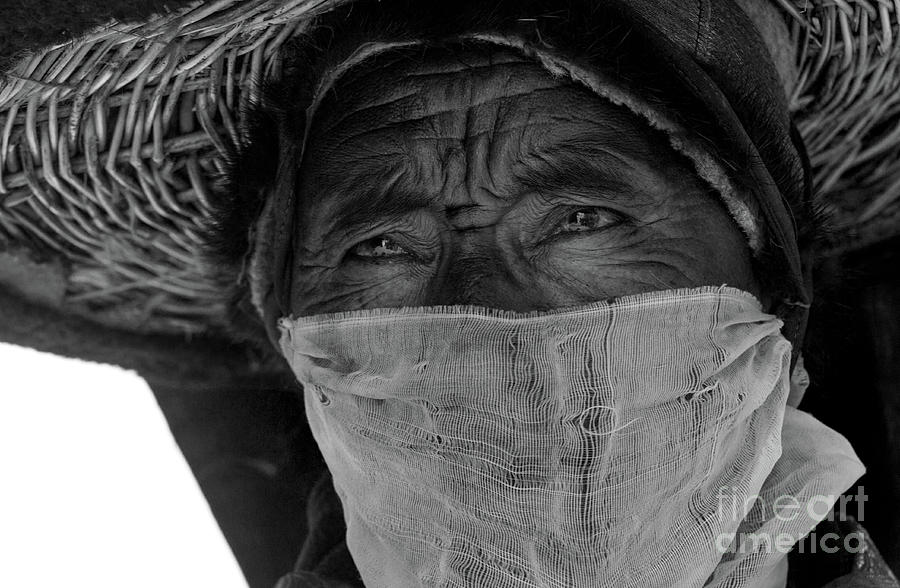
The Black Hat Dance
Is to eliminate the obstacles, which in the individual are the afflictive emotions and misconceptions that cause sufferings. At the beginning of the dance, the Black Hat Dancers make symbolic offerings of Gold Libation (tea) to the lineage lamas, tutelary deities (different forms of the Buddha) and Dharmapalas (truth protectors), in order to please them and receive their blessings. Then the dancers invite the Dharmapala’s consorts and their retinues to join them.
Black Hat Dance: Cham dance display from Bhutan![]()
credit : wildfilmsindia
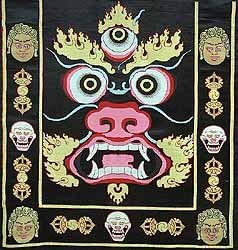
Dance of Five Dakinis
or sky-going female deities, plays a major role in the visionary experience of tantric practitioners. Dakinis are the bearers of wisdom, whose songs inspire deep insight.
Dakini dance @Taiwan Kilaya Drupchhen ![]()
credit : Dudjom Tersar
The dance of the Cemetery Lords
Is practiced in all the tantric traditions. The four skeletons’ athletic and even playful movements are meant to display the fearless qualities of those who have passed beyond ego, the protectors of truth. The dance is usually performed at the end of the year during the seven-day festival, when the negative forces accumulated during the year are purified.
credit : SmithsonianFolklife
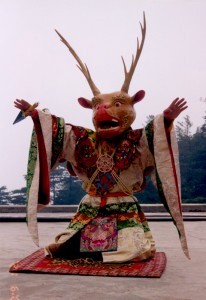
Deer Dance
In the tantric deities’ sublime realm, all beings are transformed from their ordinary state in order to carry out enlightened activity for the benefit of others. The Deer represents a male protector deity whose movements call forth the disruptive forces to spiritual development.
Masked dance of Chamundi
Chamundi, the emanation of Palden Lhamo and the consort of Dharmaraja, represents the compassionate methods of the Buddha. As such, she helps prevent the inner and outer obstacles to spiritual trainers. In her retinue are male and female wrathful deities who work for the benefits of sentient beings.
The Kalachakra
Ritual Offerings Dance, Ghar in Tibetan, is performed in the course of the preparation ritual for Kalachakra Initiation. The dancers visualize themselves as the offering goddesses of the four cardinal directions and the center of the Kalachakra Mandala, the divine environment of the Buddha in the form of Kalachakra, which literally means, “Wheel of Time”. Kalachakra Ritual Dance 
Credit : namgyal monastery
See Also:
Monlam festival
The New Year celebration, called “the Great Prayer” (Monlam)- runs from the 4th to the 15th day of the Tibetan calendar. During the festival, buddhist pilgrims from all over the region come to Labrang monastery to celebrate the miracles Buddha did 2500 years ago, by praying and performing religious rituals.
Credit : Un voyage en Accordéonistan
Hemis festival of Laddakh
Is one of the most famous monastic festivals in June to commemorate birth of Guru Padmasambhava, the founder of Tantric Buddhism in Tibet. The sacred dance drama of the life and mission is performed wearing facial masks and colorful brocades robes.
Credit : Ashvaghosha2009
Cham Dance in Bhutan
In Bhutan, the dances are performed during an annual religious festival known as Tshechu, which is held in each district on the tenth day of a month of the lunar Tibetan calendar. The month depends on the place. The Cham is performed by monks, nuns, and villagers. Tshechus are religious festivals of the Drukpa Lineage of the Kagyu school of Tibetan Buddhism.Dancers, wearing long brocade robes and ornate black hats, perform the Shana Cham dance. The dancers’ who represent the Ging wear shorter robes with masks. This dance is performed to purify the ground and to chase away evil influences.
Credit : wildfilmsindia
Top left Image : Cham Mask Credit : Rubin Museum
Top Center Image : Ging Tsholing Cham Dance Credit : Arian Zwegers (Flickr)
Top right image : The 8 aupicious symbols of Buddhism Credit : Classic Treasures
